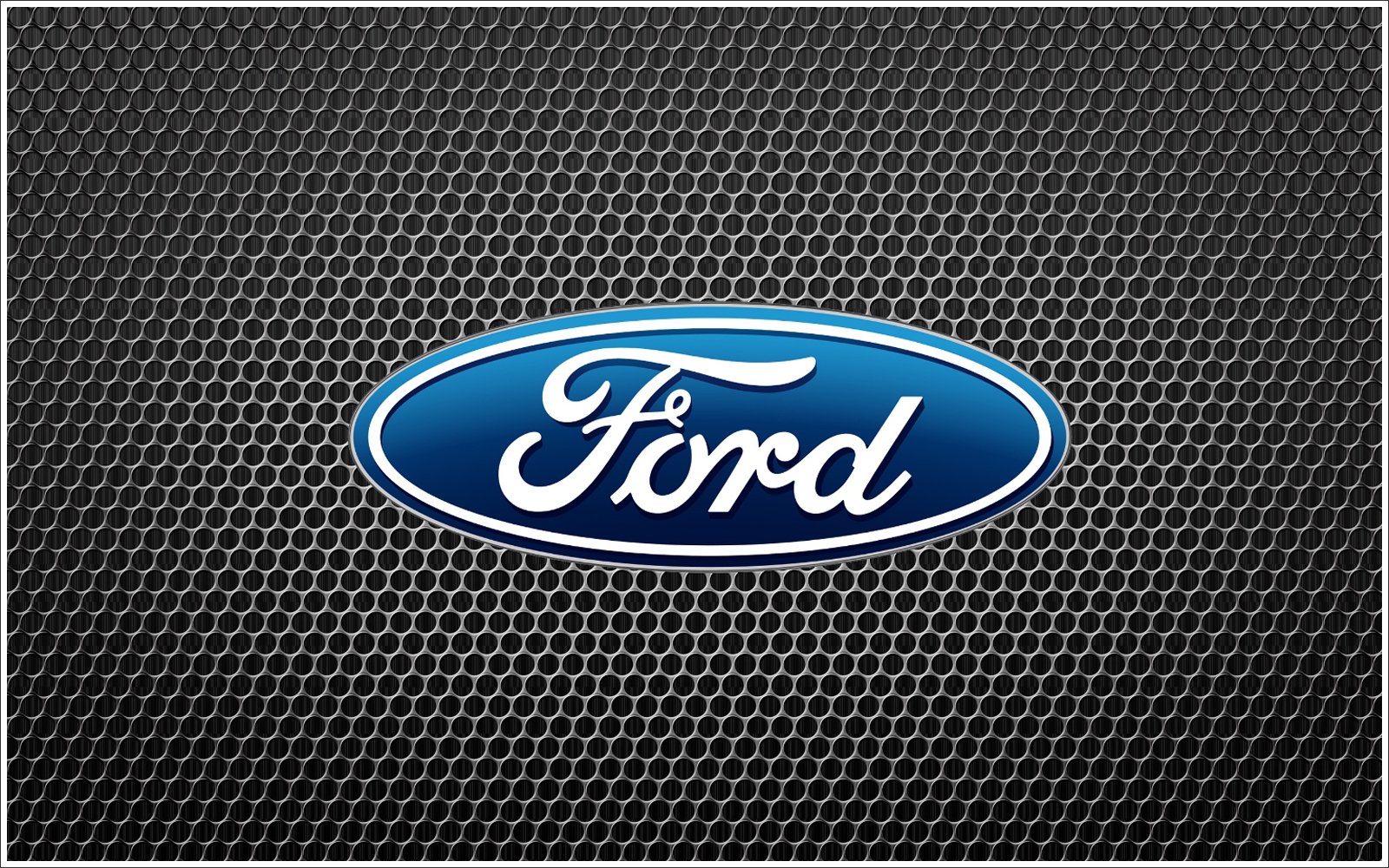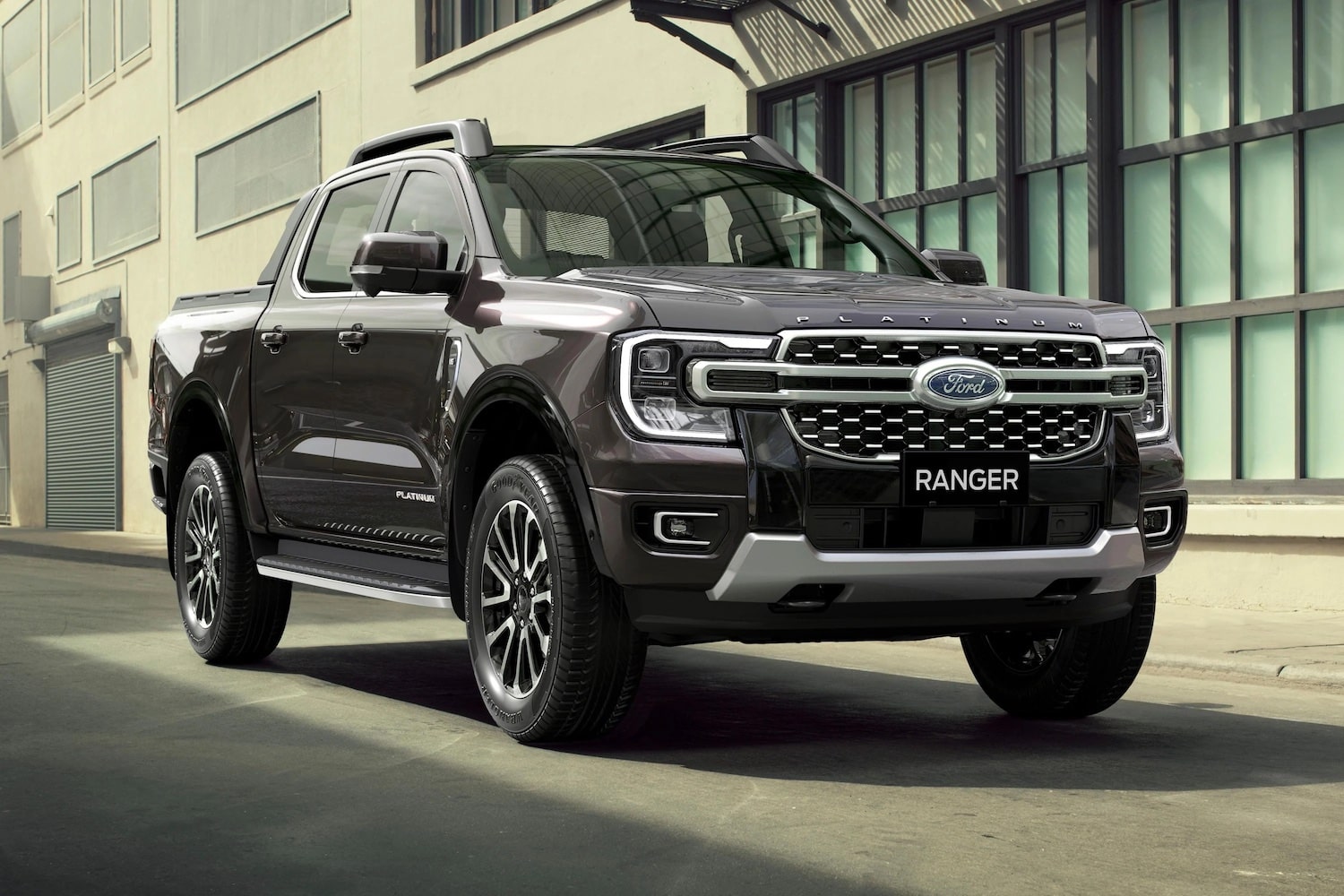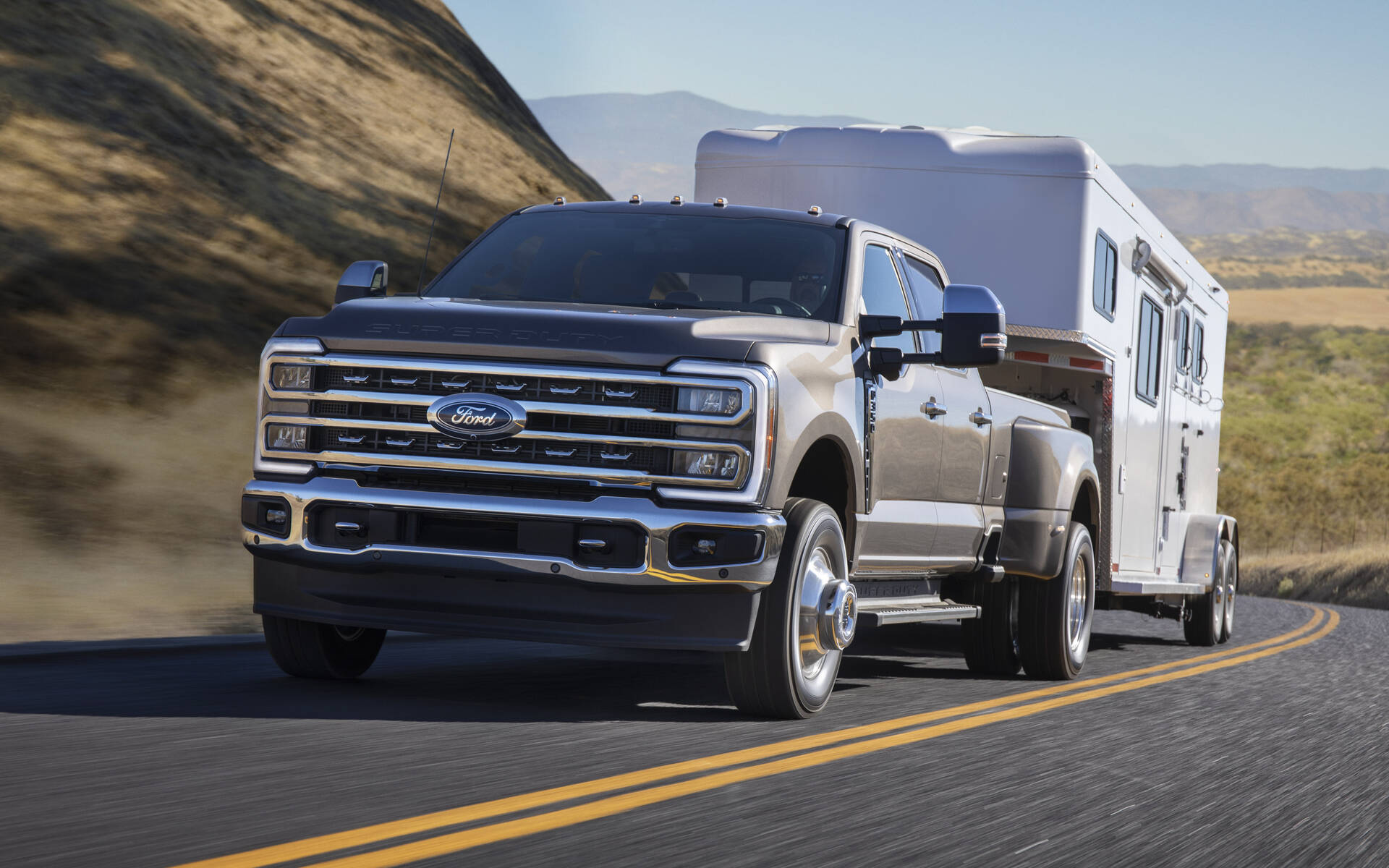Ford Model A Trucks For Sale: Your Comprehensive Guide to Owning a Piece of Automotive History pickup.truckstrend.com
The rumble of a vintage engine, the unmistakable silhouette of a bygone era, and the sheer charm of a machine built for durability – these are just a few reasons why the Ford Model A truck continues to captivate enthusiasts and collectors alike. Far more than mere vehicles, these iconic workhorses, produced between 1928 and 1931, represent a pivotal moment in automotive history, bridging the gap between the utilitarian Model T and the more modern designs that followed. They were the backbone of farms, small businesses, and burgeoning industries across America, embodying the spirit of ingenuity and resilience.
Today, for those seeking a tangible link to the past, a unique project, or a distinctive classic to showcase, Ford Model A trucks for sale offer an incredibly rewarding opportunity. Their mechanical simplicity, robust construction, and undeniable aesthetic appeal ensure their enduring popularity. This comprehensive guide aims to equip you with the knowledge needed to navigate the market, understand the nuances of these historical vehicles, and ultimately, find the Model A truck that’s perfect for you.
Ford Model A Trucks For Sale: Your Comprehensive Guide to Owning a Piece of Automotive History
The Enduring Appeal of Ford Model A Trucks
The Ford Model A, succeeding the revolutionary Model T, was a significant leap forward in design, comfort, and performance. While the passenger cars often steal the limelight, the Model A trucks were equally vital, offering a versatile platform for commercial and agricultural use.
Historical Context and Design: Launched in December 1927 as a 1928 model, the Model A was available in a staggering array of body styles, including various truck configurations. Ford produced over five million Model As, with a substantial portion being commercial variants. These trucks were characterized by their sturdy ladder frame, the reliable 201 cubic inch (3.3L) L-head inline four-cylinder engine producing a modest 40 horsepower, and a three-speed sliding gear manual transmission. Their mechanical drum brakes on all four wheels were a significant improvement over the Model T’s transmission brake. The design, penned by Henry Ford’s son Edsel, featured a more stylish and modern appearance than its predecessor, with painted bodies (not just black!), a sloped windshield, and an integrated hood and cowl.
Mechanical Simplicity and Durability: One of the Model A’s greatest strengths lies in its straightforward engineering. The flathead four-cylinder engine is remarkably robust and relatively easy to understand and maintain. With basic tools and a good manual, many owners can perform common repairs themselves. This simplicity translates directly into lower maintenance costs and a higher degree of self-sufficiency for owners. These trucks were built to last, and many have done so for nearly a century, a testament to their inherent durability.
Design Aesthetics and Versatility: The classic lines, prominent fenders, and functional design of the Model A trucks evoke a strong sense of nostalgia. From the iconic closed-cab pickup with its wooden bed to the heavier-duty AA chassis, each variant possesses a distinct charm. Their versatility is also a key factor in their appeal. While some are meticulously restored to concours standards, others are enjoyed as reliable drivers, parade vehicles, or even transformed into unique hot rods with modern powertrains and suspensions.
Community and Parts Availability: Perhaps one of the most significant advantages of owning a Model A truck is the incredibly strong and supportive enthusiast community. Clubs like the Model A Ford Club of America (MAFCA) and the Model A Restorers Club (MARC) offer a wealth of knowledge, technical assistance, and camaraderie. Furthermore, due to the sheer number of Model As produced and the dedicated aftermarket, parts availability is exceptional. Reproduction parts, ranging from engine components to body panels and trim, are readily available, making restoration and maintenance relatively straightforward compared to many other vintage vehicles.
Understanding the Different Types of Model A Trucks
When searching for Ford Model A trucks for sale, you’ll encounter a variety of body styles, each with its own characteristics and appeal.

-
Pickup Truck (Closed Cab): This is arguably the most recognizable and sought-after Model A truck. Available throughout the production run, these trucks featured a fully enclosed cab, providing more comfort and protection from the elements than earlier open-cab designs. Variations included different bed lengths and styles over the years (e.g., steel vs. wood beds, ribbed vs. smooth side panels). They are popular for restoration, as drivers, and as a base for custom builds.

Pickup Truck (Open Cab/Roadster Pickup): Less common, especially in later years, the open-cab pickup offered a more utilitarian, no-frills experience. The Roadster Pickup, a sportier variant, featured a roadster body with a small pickup bed integrated into the rear. These are rarer and often command higher prices, particularly if well-preserved or restored.
-
AA Commercial Chassis: The Model AA was a heavier-duty version of the Model A, built on a longer, stronger frame with a more robust drivetrain designed for commercial applications. These chassis were often fitted with various bodies by third-party coachbuilders, including:
- Stake Bed Trucks: Open beds with removable side stakes, ideal for hauling.
- Dump Trucks: Equipped with hydraulic or mechanical dump mechanisms.
- Panel Delivery/Sedan Delivery: Enclosed rear cargo areas, often used by businesses for deliveries.
- Bus/School Bus: Passenger transport.
- Fire Trucks, Ambulances, and other specialized vehicles.
AA trucks are less common for personal ownership but offer a unique piece of commercial history. They often feature dual rear wheels and a lower gear ratio for increased hauling capacity.

-
Panel Delivery/Sedan Delivery: These enclosed cargo vehicles, built on the standard Model A chassis, resembled a sedan from the front but had an enclosed rear section for carrying goods. They are popular for business promotions, car shows, and as unique custom builds.
What to Look For When Buying a Model A Truck
Purchasing a vintage vehicle requires careful consideration. Here’s what to inspect when looking at Ford Model A trucks for sale:
- Frame and Chassis: Look for rust, especially around crossmembers and mounting points. The frame should be straight, without signs of twisting or severe impact damage. Pay attention to previous repairs, which may indicate structural weaknesses.
- Body Condition: Rust is the primary enemy. Check common rust spots: cowl, cab corners, door bottoms, floorboards, and the truck bed (especially where the wood meets steel). Inspect for dents, bondo, and poor-quality repairs. Panel alignment should be reasonably good; significant gaps can indicate underlying frame issues or poor bodywork.
- Engine and Drivetrain:
- Engine: Listen for unusual noises (knocking, ticking). Check for excessive smoke from the exhaust (blue indicates oil, black indicates rich fuel). Look for oil leaks. A compression test can reveal engine health. Inquire about originality – many Model A engines have been rebuilt or replaced over the decades.
- Transmission: Test all gears. Shifting should be relatively smooth, without excessive grinding or popping out of gear.
- Rear Axle: Listen for howling or clunking noises, especially on acceleration or deceleration.
- Brakes: Model A trucks used mechanical drum brakes. Ensure the pedal feels firm and that the truck stops straight without pulling. Check the linkage for wear and proper adjustment. Many owners upgrade to hydraulic brakes for safety, which is a significant modification to note.
- Suspension and Steering: Check for excessive play in the steering wheel. Inspect kingpins, tie rods, and drag links for wear. Look at the leaf springs for broken leaves or sagging.
- Electrical System: Model As were originally 6-volt positive ground. Many have been converted to 12-volt negative ground for easier starting and modern accessories. Verify the system’s condition, ensuring all lights, horn, and gauges (if working) function correctly. Check wiring for signs of fraying or amateur repairs.
- Tires: Inspect tire condition and age. Many restored Model As use bias-ply tires for authenticity, while drivers might opt for radial tires for better handling and ride.
- Documentation: A clear title is essential. Any records of restoration, maintenance, or ownership history add value and peace of mind.
- Originality vs. Modifications: Decide what you’re looking for. A concours-restored original will command a premium. A driver might have minor upgrades. Hot rods will be significantly modified, often with modern engines, suspensions, and brakes, and should be evaluated on their own merits.
- Professional Inspection: If you’re serious about a purchase, especially a higher-value one, consider hiring a Model A specialist or a reputable classic car mechanic to perform a pre-purchase inspection.
The Buying Process and Where to Find Them
Finding your ideal Model A truck can be an exciting journey.
- Online Marketplaces: Websites like Hemmings, ClassicCars.com, eBay Motors, and even local classifieds like Craigslist often list Model A trucks. Be wary of scams and always verify information.
- Classic Car Dealerships: Reputable dealerships specializing in vintage vehicles often have restored or well-maintained Model As. They typically offer more assurances than private sellers, though prices may be higher.
- Auctions: Major classic car auctions (e.g., Barrett-Jackson, Mecum Auctions) regularly feature Model As. Be prepared for competitive bidding and understand the buyer’s premium.
- Car Shows and Swap Meets: Attending classic car shows and swap meets is an excellent way to see vehicles in person, talk to owners, and sometimes find trucks for sale directly.
- Model A Clubs: Local and national Model A clubs are invaluable resources. Members often know of trucks for sale within their community, and their expertise can guide your search. Joining a club before buying can provide critical insights.
- Negotiation: Always be prepared to negotiate the price. Research similar sales to understand market value and use any identified flaws or needed repairs as leverage.
Owning and Maintaining a Ford Model A Truck
Owning a Model A truck is a unique experience. While they are relatively simple machines, they require specific care.
- Basic Maintenance: Regular oil changes, lubrication (greasing kingpins, spring shackles, etc.), and brake adjustments are crucial. Consult a Model A service manual for detailed instructions.
- Parts Availability: As mentioned, parts are readily available from numerous suppliers specializing in Model A components. This makes repairs and ongoing maintenance much easier and more affordable than for many other vintage cars.
- Driving Characteristics: Understand that a Model A truck drives very differently from a modern vehicle. It lacks power steering, power brakes, and modern suspension. Top speeds are typically around 40-50 mph, and braking distances are longer. Anticipation and defensive driving are key.
- Insurance: Obtain specialized classic car insurance, which typically offers agreed-value coverage and lower premiums than standard auto insurance, recognizing the limited mileage and careful use.
- Storage: Protect your investment from the elements. A dry, secure garage is ideal to prevent rust and preserve the vehicle’s condition.
Ford Model A Trucks For Sale: Estimated Price Guide
The price of a Ford Model A truck varies significantly based on its condition, rarity of the body style, and degree of restoration or modification. This table provides a general guide:
| Truck Type | Condition: Project (Needs Full Restoration) | Condition: Driver (Good Running, Minor Flaws) | Condition: Restored (Excellent Condition) | Condition: Show Quality (Concours) |
|---|---|---|---|---|
| Pickup (Closed Cab) | $5,000 – $15,000 | $15,000 – $30,000 | $30,000 – $50,000 | $50,000+ |
| Pickup (Open Cab/Roadster Pickup) | $8,000 – $20,000 | $20,000 – $40,000 | $40,000 – $70,000 | $70,000+ |
| Panel Delivery | $7,000 – $18,000 | $18,000 – $35,000 | $35,000 – $60,000 | $60,000+ |
| AA Commercial Chassis | $4,000 – $12,000 | $12,000 – $25,000 | $25,000 – $45,000 | $45,000+ |
| Custom/Hot Rod | Varies widely based on modifications and quality of build ($10,000 – $100,000+) |
Note: These are estimated ranges and can fluctuate based on location, specific year, original features, and market demand. Always conduct thorough research and inspection.
Frequently Asked Questions (FAQ) About Ford Model A Trucks
Q: How fast can a Model A Truck go?
A: A stock Model A truck typically has a top speed of around 40-50 mph. While some drivers push them faster, sustained speeds above 45 mph can be hard on the engine and driveline.
Q: Are parts readily available for Model A trucks?
A: Yes, parts availability is excellent. Due to the high production numbers and strong enthusiast community, many companies specialize in reproduction parts, and original used parts are also available.
Q: Is it hard to drive a Model A Truck?
A: It requires a different driving style than a modern car. There’s no power steering, power brakes, or synchronizers in the transmission (meaning you’ll likely need to double-clutch). However, with practice, most people find them enjoyable to drive.
Q: Can I use a Model A Truck as a daily driver?
A: While mechanically possible, it’s generally not recommended for regular daily commuting, especially in modern traffic. Their lower top speed, longer braking distances, and lack of safety features make them less suitable for highway use or congested areas. They are best enjoyed for leisure drives, shows, and parades.
Q: What’s the difference between a Model A and a Model AA?
A: The Model A was the standard passenger car and light truck chassis, while the Model AA was a heavier-duty commercial chassis. The AA featured a stronger frame, a larger rear axle, heavier springs, and sometimes dual rear wheels, designed for greater load capacities.
Q: Should I convert my Model A to 12-volt?
A: This is a common modification. A 12-volt system offers brighter lights and easier starting, especially in cold weather. However, it requires changing bulbs, potentially the starter, and ensuring all accessories are compatible. Many purists prefer to keep the original 6-volt system.
Q: What about modern upgrades like hydraulic brakes or an alternator?
A: Many owners choose to upgrade to hydraulic brakes for improved stopping power and safety, and an alternator for more reliable charging. These modifications enhance usability but reduce originality. It’s a personal choice based on how you intend to use the truck.
Conclusion
The Ford Model A truck stands as a testament to early 20th-century automotive engineering and American perseverance. For sale today, these vehicles offer more than just transportation; they provide a tangible connection to history, a rewarding mechanical hobby, and a unique statement of classic style. Whether you dream of a perfectly restored showpiece, a reliable weekend cruiser, or a blank canvas for a custom build, the Model A market offers diverse options.
By understanding the different types, knowing what to look for during inspection, and leveraging the invaluable resources of the Model A community, you can confidently embark on the journey of owning one of these cherished machines. The simple joy of cranking over that flathead four-cylinder, feeling the road through the steering wheel, and hearing the distinctive exhaust note of a Ford Model A truck is an experience that truly transcends time. Embrace the adventure, and soon you might find yourself behind the wheel of your own piece of automotive legacy.



